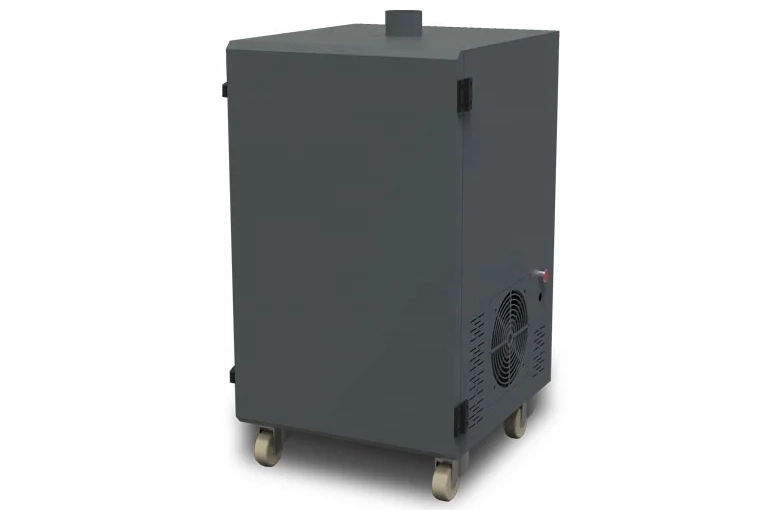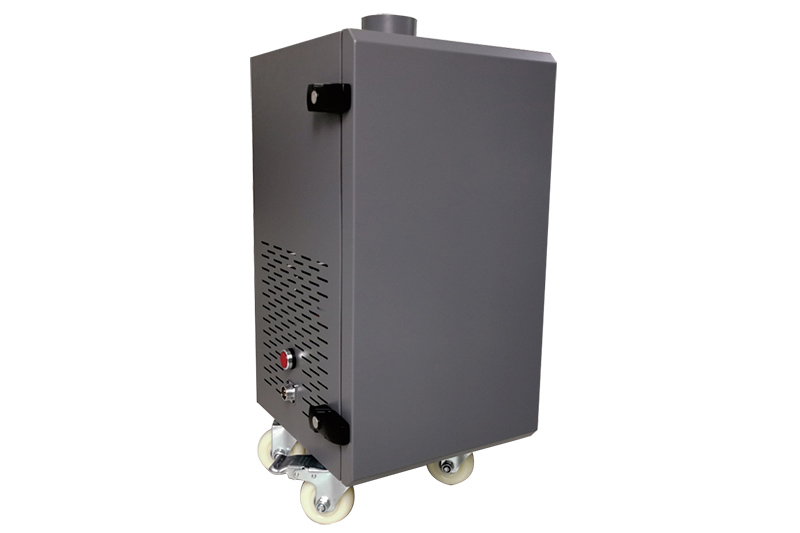When facing issues with a DTF smoke remover not adjusting smoke sensitivity, preventing proper control of smoke levels, there are several troubleshooting steps you can take to address the problem. Here's a guide to help you:

1. Check Power and Connections:
- Ensure the smoke remover is properly connected to a power source and that the power switch is turned on. Make sure the power cord is securely plugged in and not damaged. Verify that the outlet is functioning correctly by connecting another device.
2. Sensitivity Control Setting:
- Review the user manual or manufacturer's documentation to understand how the sensitivity control works and how to adjust it properly. Follow the recommended steps to set the sensitivity at the desired level.
3. Clean the Sensor:
- Dust, debris, or residue on the smoke sensor can interfere with its sensitivity. Use a soft, lint-free cloth or a gentle cleaning solution recommended by the manufacturer to clean the sensor according to their guidelines. Be cautious not to damage or scratch the sensor.
4. Sensor Placement:
- Ensure that the sensor is positioned correctly and in proximity to the area where smoke is expected to be detected. Check if there are any obstructions or objects obstructing the sensor's view. Adjust the positioning if necessary and verify if it improves sensitivity control.
5. Calibration:
- Some smoke removers have a calibration process that helps set the sensitivity accurately. Consult the user manual or manufacturer's instructions to understand if calibration is required and how to perform it correctly. Follow the recommended steps to calibrate the device.
6. Firmware or Software Updates:
- Check if there are any available firmware or software updates for the smoke remover. Outdated firmware or software can cause sensitivity control issues. Visit the manufacturer's website or contact their support for information on updates and instructions for installing them.
7. Test with Different Smoke Sources:
- Experiment with different smoke sources to verify if the sensitivity control is functioning properly. Use appropriate smoke testing methods or substances recommended by the manufacturer. This can help determine if the issue is specific to certain smoke sources or if there is a broader sensitivity control problem.
8. Contact Manufacturer's Support:
- If the above troubleshooting steps do not resolve the sensitivity control problem, it is advisable to contact the manufacturer's technical support for further assistance. They can provide specific guidance based on the model and make of the smoke remover or arrange for a service technician to diagnose and repair the device if needed.
It's essential to follow the manufacturer's instructions and guidelines for troubleshooting and maintenance specific to your DTF smoke remover model.
kenteer has launched DTF Smoke Remover for customers . If you have any needs, you can contact us for a quote.

